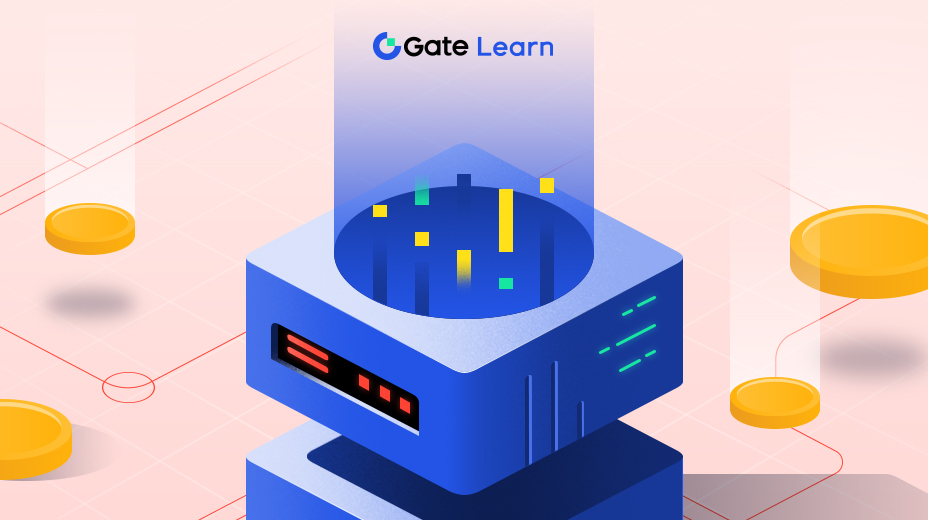Sự An Toàn của Blockchain
Blockchain là một cơ sở dữ liệu công cộng. Dữ liệu phải được gửi sau khi được xác minh để đảm bảo an ninh mạng.

Giới thiệu
Dữ liệu trong “khối” được phân phối đến tất cả các nút, tức là các nhà xác thực, trong mạng. Các nút chịu trách nhiệm xác minh dữ liệu mới được gửi bằng cơ chế đồng thuận trong trường hợp ai đó gửi thông tin sai lệch hoặc dữ liệu có thể đe dọa đến an ninh mạng.
Một khi giao dịch được xác minh và đóng gói vào một “khối”, dữ liệu sẽ không thể được sửa đổi nữa.
Blockchain an toàn được đảm bảo bằng cơ chế đồng thuận
Blockchain được coi là một công nghệ an toàn và linh hoạt nhờ vào công nghệ sổ cái phân tán và thuật toán mã hóa. Bảo mật của nó được duy trì bằng một thuật toán đồng thuận, đảm bảo rằng tất cả các bên tham gia trong mạng đồng ý về trạng thái của sổ cái.
Thuật toán đồng thuận này đảm bảo rằng không có một thực thể nào có thể kiểm soát mạng, từ đó có thể ngăn chặn hiệu quả các hành vi độc hại, như làm giả dữ liệu giao dịch và lấy cắp tiền.
Mặc dù blockchain là một cuốn sổ cái công cộng, nó có thể đảm bảo sự riêng tư của người dùng thông qua một thuật toán cụ thể. Các cơ chế đồng thuận và thuật toán này tiếp tục đảm bảo rằng dữ liệu được lưu trữ trên blockchain là an toàn và không thể bị thay đổi.
Mặc dù công nghệ blockchain có vẻ đáng tin cậy, mạng lưới blockchain vẫn đang đối mặt với nguy cơ bị tấn công.
Các cuộc tấn công có thể xảy ra
Mặc dù Blockchain về lý thuyết là an toàn, nhưng điều đó không có nghĩa là nó hoàn toàn miễn phí khỏi các cuộc tấn công. Hacker có thể tận dụng các lỗ hổng mã để lấy được các khóa riêng tư của người dùng và đánh cắp tài sản.
Kẻ tấn công độc hại có thể thực hiện cuộc tấn công 51% nếu họ kiểm soát hơn 50% sức mạnh tính toán của mạng blockchain. Như đã đề cập trước đó, blockchain được duy trì chung bởi các nút, nhưng nếu hơn một nửa số nút được kiểm soát và được chỉ đạo để khởi chạy giao dịch sai hoặc không tồn tại, những giao dịch này vẫn có thể được xác minh bởi cơ chế đồng thuận.
Nghe có vẻ đáng sợ, phải không? Nhưng đừng lo lắng! Chi phí thực hiện cuộc tấn công như vậy rất cao, làm cho nó gần như không thể thực hiện được. Không cần phải lo lắng quá nhiều về vấn đề này vì thị trường sức mạnh tính toán của các blockchain chính thống đã phát triển đầy đủ.
Các biện pháp phòng ngừa là gì?
Những người thường xuyên sử dụng các ứng dụng trên chuỗi sẽ thường xuyên sử dụng ví nóng để tương tác với các hợp đồng khác nhau, điều này thực sự rủi ro.
Nếu bạn là người dùng, rất khuyến nghị sử dụng ví lạnh, đó là an toàn hơn; nếu bạn là người vận hành node, bạn cần phải thường xuyên nâng cấp mã nguồn, giống như việc nâng cấp và bảo trì hàng ngày của hệ điều hành. Mặc dù không tạo ra các thay đổi đáng kể trong thời gian ngắn, nhưng cuối cùng nó sẽ mang lại trải nghiệm người dùng tốt hơn thông qua việc cải thiện và lặp lại liên tục.
Key takeaways
Bảo mật của blockchain được đảm bảo bởi cơ chế đồng thuận, giúp nó tránh khỏi các cuộc tấn công độc hại, sửa đổi dữ liệu giao dịch và mất trội tài sản.
Đề xuất về bảo mật thông tin: lưu trữ tài sản quan trọng trong ví lạnh; thay đổi ví nóng thường xuyên; các nút thường xuyên nâng cấp mã.
Video chính
Bài viết liên quan





